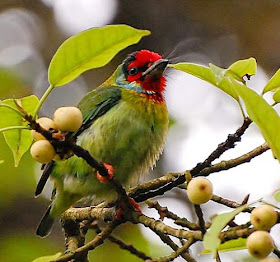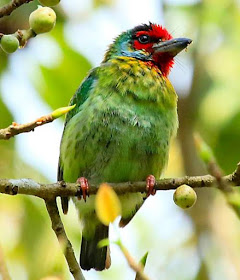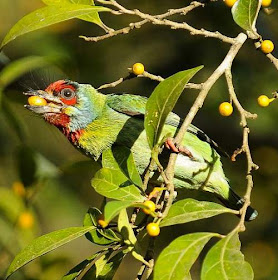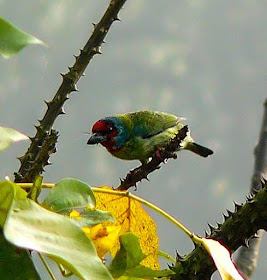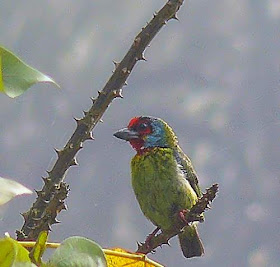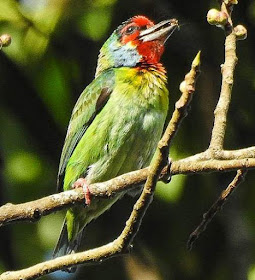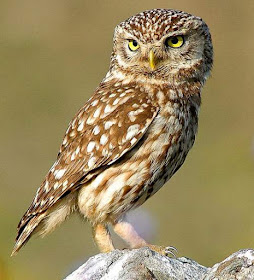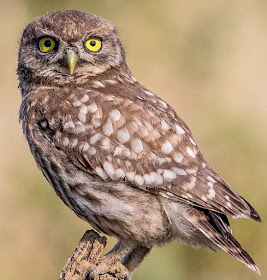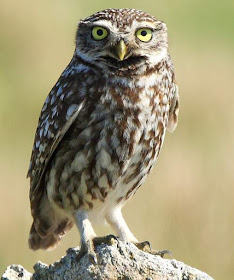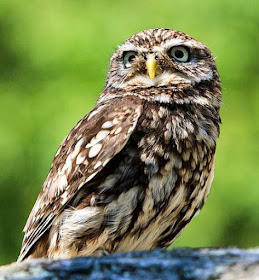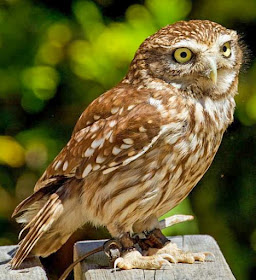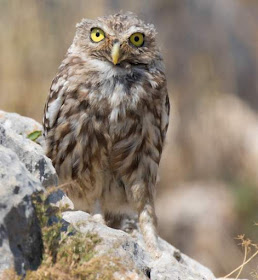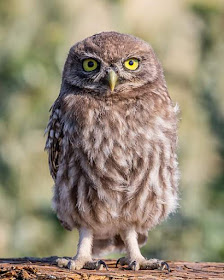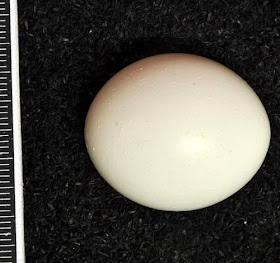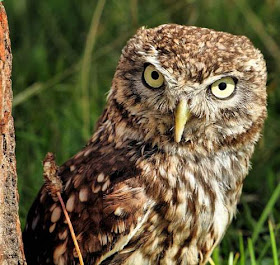The stripe-breasted woodpecker (Dendrocopos atratus) belongs to the family of piculets and woodpeckers, the Picidae.
The stripe-breasted woodpecker species is distributed in India, Myanmar, Thailand, Laos, Vietnam and China. These woodpecker species have high forest dependence. These woodpeckers are monotypic species.
Appearance, physical description and identification
The stripe-breasted woodpecker (Dendrocopos atratus) is a small bird, measuring 20 to 22 cm in length and weighing 40 to 50 grams. These species are sexually dimorphic.The upperparts of the stripe-breasted woodpecker are black. The back, wings and the rump are heavily barred with white. The uppertail is black and the outer feathers have white marking. The crown and nape of the male are red whereas in the female these parts are black.
The face is whitish and a black stripe from the base of the bill extend down to the side of the neck. The throat, breast and belly are dirty white and are boldly streaked with brown and black. The undertail coverts are red.
The bill is steel gray. The irises are dark brown. There is a gray eye-ring. The legs and feet are dark gray. The call of these woodpecker species is a whinnying "tchick" sound and they also make explosive drumming sound.
 |
| 1.Birds of India - Image of Stripe-breasted woodpecker - Dendrocopos atratus by Jason Thompson |
 |
| 2.Indian birds - Picture of Stripe-breasted woodpecker - Dendrocopos atratus by Jason Thompson |
 |
| 3.Birds of India - Photo of Stripe-breasted woodpecker - Dendrocopos atratus by Dave Curtis |
Origin, geographical range and distribution
The stripe-breasted woodpecker species are distributed in the northeast India, central Bhutan, eastern and western Myanmar, northern Thailand, central and northern Laos and central Vietnam.In India, these woodpecker species are distributed in the states of West Bengal (north), Meghalaya, Assam, Nagaland, Manipur, Tripura and Mizoram.
The Important Bird and Biodiversity Areas (IBA) of the stripe-breasted woodpecker species in Laos are, Phou Ahyon, Dakchung Plateau, Nam Xam, Nakai-Nam Theun, Nam Ha and Nam Et.
Ecosystem and habitat
These stripe-breasted woodpecker species have high forest dependence. They normally occur in altitudes from 800 to 2200 meters.The artificial ecosystems and habitats of these woodpecker species include cultivated lands, rural gardens and heavily degraded tropical and subtropical forests.
The natural ecosystems and habitats of these stripe-breasted woodpecker species include, evergreen forests, forest edges, tropical and subtropical moist lowland forests, tropical and subtropical moist montane forests, pine and oak forests and dry grasslands.
Diet and feeding behavior
The diet of this stripe-breasted woodpecker consists mainly of insects. Beetles, ants and insect larvae are their primary food. These woodpeckers forage mostly at middle to upper levels of the canopy.Reproduction and breeding habits
The breeding season of these stripe-breasted woodpecker species is from March to May in India. The laying season is during April and May in Myanmar. In Laos and Vietnam, the breeding season is from February to May.The nesting sites are the holes excavated by the breeding pairs in stumps or trees. These stripe-breasted woodpecker species are monogamous and highly territorial. The clutch usually contains four to five eggs. Both the parents incubate the eggs.
Migration and movement patterns
These stripe-breasted woodpecker species are non-migrant, resident birds. They disperse locally after breeding. The populations in higher altitudes descend to the lower levels in winter.Post breeding, the juvenile woodpeckers may disperse and establish in new locations within the range. Within their range they may make local movements for feeding and breeding.
Stripe-breasted woodpecker - Quick Facts
- Scientific name: Dendrocopos atratus
- Species author: (Blyth, 1849)
- Synonyms/Protonym: Dryobates atratus Blyth, 1849
- Family: Picidae › Piciformes › Aves › Chordata › Animalia
- Vernacular names: English: Stripe-breasted woodpecker, Chinese: 纹胸啄木鸟, French: Pic à poitrine rayée, German: Streifenbrustspecht, Spanish: Pico estriado, Russian: Пестрогрудый дятел, Japanese: ムナフアカゲラ
- Other names: Stripe-breasted Pied Woodpecker
- Distribution: India, Myanmar, Thailand, Laos, Vietnam, China
- Diet and feeding habits: insects, insect larvae
- IUCN status listing: Least Concern (LC)
Conservation and survival
The global population size of the stripe-breasted woodpecker (Dendrocopos atratus) has not been quantified. The overall population trend of the species is considered to be stable.In most of its range, this woodpecker species is reported to be uncommon to rare. The generation length is 5.2 years. Its distribution size is about 1,330,000 sq.km.
Habitat alteration and destruction, deforestation and capture of adults and juveniles for pet-trade are the main threats that are endangering the survival of these woodpecker species.
IUCN and CITES status
The stripe-breasted woodpecker (Dendrocopos atratus) does not approach the thresholds for being Vulnerable either under the range size criterion, or under the population trend criterion or under the population size criterion.The IUCN (International Union for Conservation of Nature) has categorized and evaluated the woodpecker species and has listed it as of "Least Concern".
The CITES (Convention on International Trade in Endangered Species of Wild Fauna and Flora) status is ‘Not Evaluated’ for stripe-breasted woodpecker (Dendrocopos atratus).
1.Image source: https://en.wikipedia.org/wiki/File:Stripe-breasted_Woodpecker.jpg (cropped)
Image author: Jason Thompson | License: CC BY 2.0 as on 1/30/18
2.Image source: https://www.flickr.com/photos/79492850@N00/8487649969/ (cropped)
Image author: Jason Thompson | License: CC BY 2.0 as on 1/30/18
3.Image source: https://www.flickr.com/photos/davethebird/15927543054/
Image author: Dave Curtis | License: CC BY-NC-ND 2.0 as on 1/30/18
Current topic in Birds of India: Stripe-breasted woodpecker - Dendrocopos atratus.

